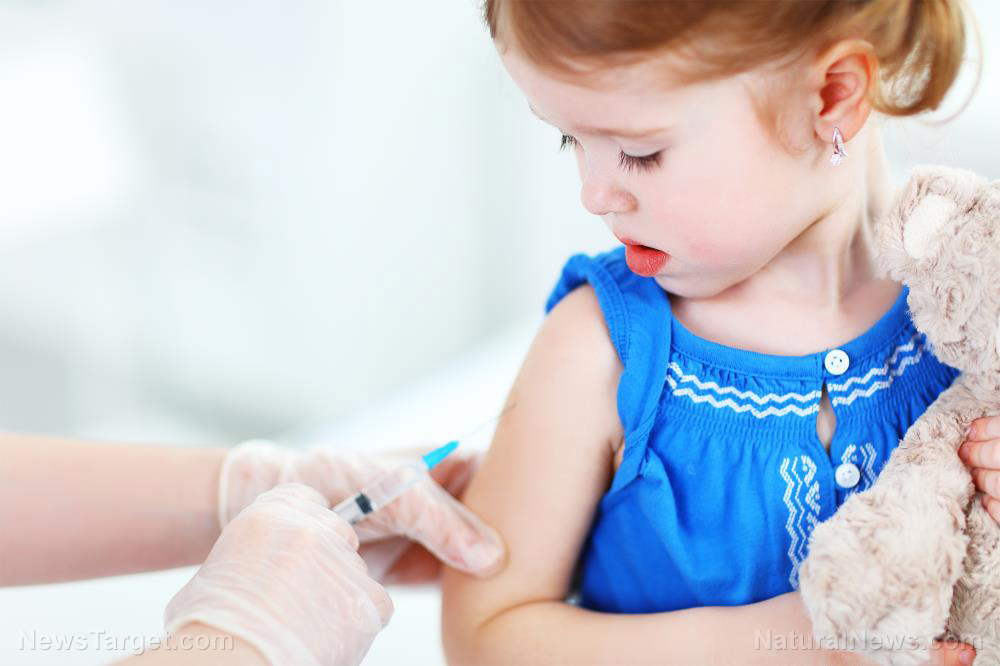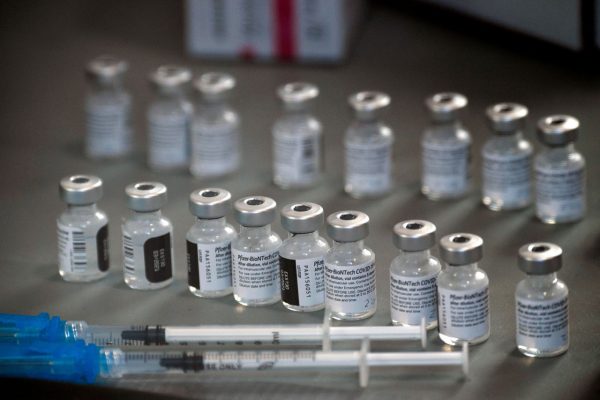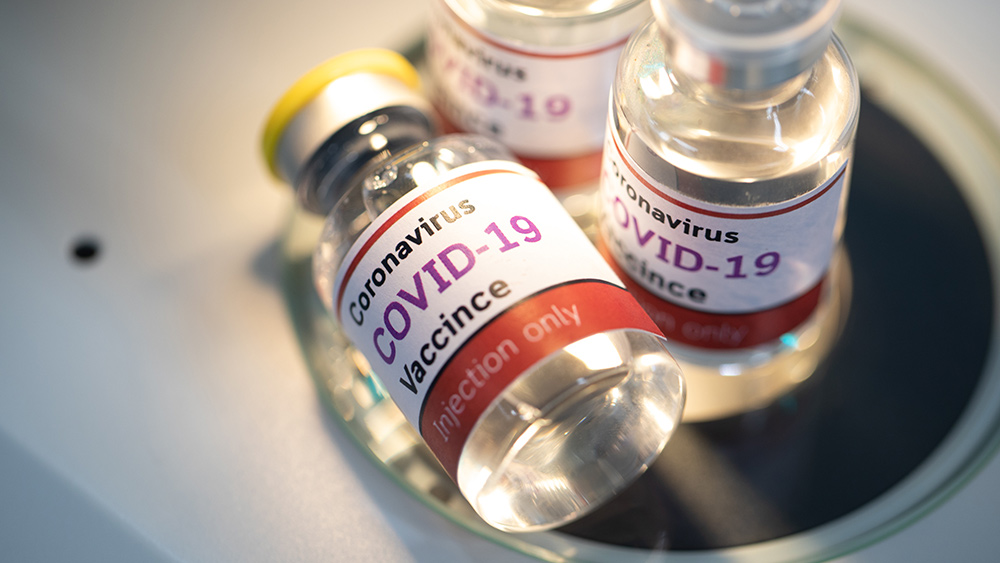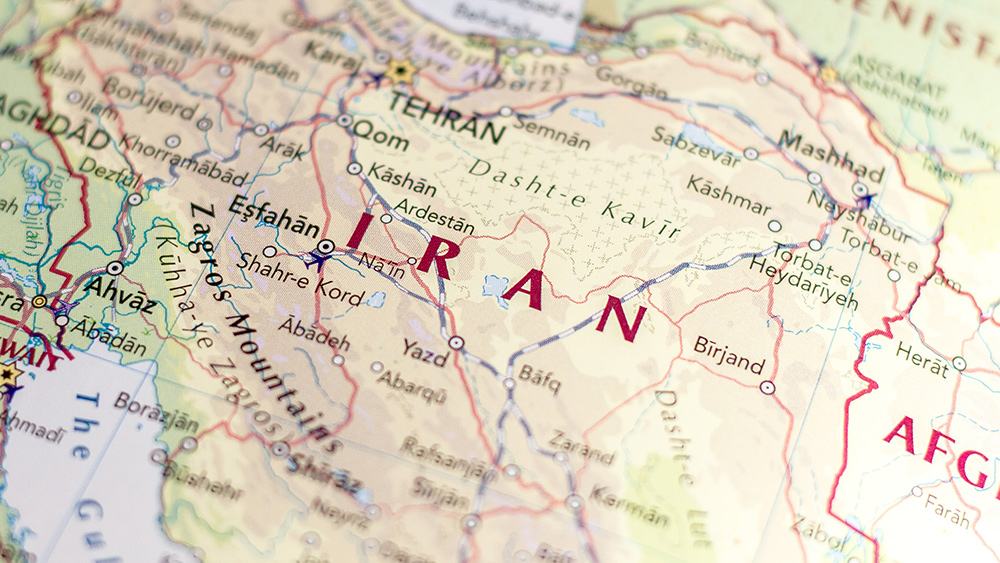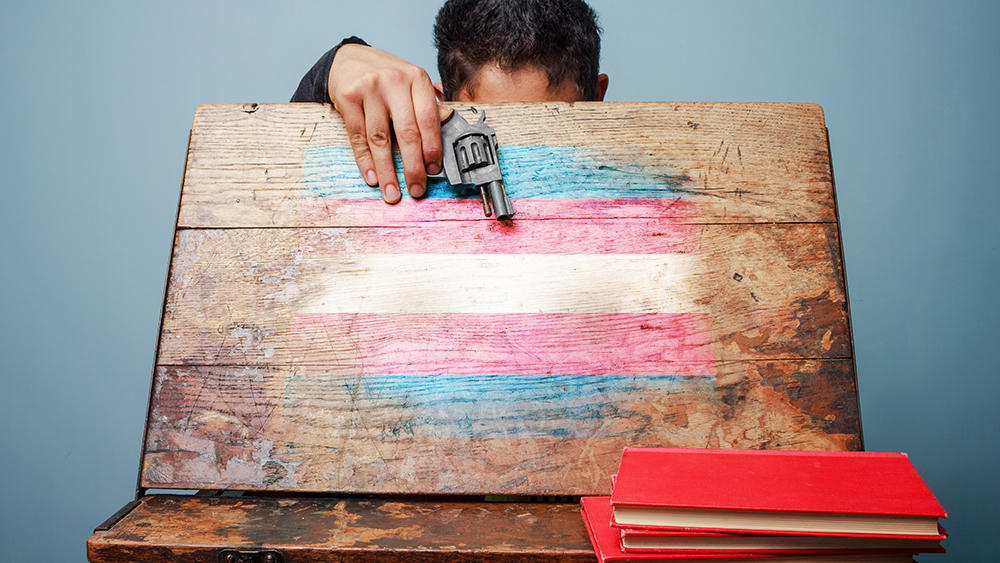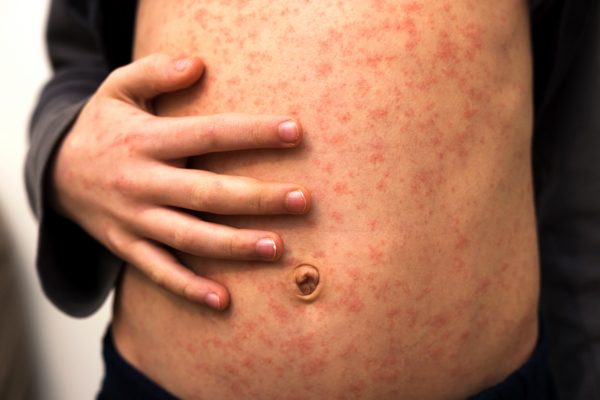
Why is glitter bad for the environment?
Glitter particles are very small, and marine animals often mistake them for food. This is bad because microplastics like glitter can damage their livers and affect their behavior. Each glitter particle also takes thousands of years to break down. Back in 2017, Dr. Trisia Farrelly from Massey University in New Zealand advised that "all glitter should be banned because it's microplastic." She added that producers should take responsibility for selling disposable, single-use plastics that cause environmental damage and harm marine life. Both the U.S. and the U.K. have tried to ban microplastics by prohibiting the manufacture of cosmetics and care products with microbeads. Banning these products will help protect marine environment from a common source of plastic pollution. Microbeads in cosmetics and other products are washed down the drain and pollute the seas. Fish and crustaceans also often mistake them for food. Studies suggest that microbeads have adverse effects on the health of marine animals.Glitter is just as bad as toxic microbeads
Glitter is made from tiny pieces of plastic, making it just as bad for the environment as microbeads. It is usually made with a thin colored layer and a reflective layer like aluminum. These layers are then bonded into a thin sheet and cut into tiny shapes. Commercial glitter used for crafting and decorations can range from 0.05 to 6.35 mm (0.002 to .25 inches) in size. Meanwhile, cosmetic glitter is often made of tiny particles of plastic, aluminum and coloring. Cosmetic glitter is used in products like makeup, nail polish and hair spray. If your kids have ever used glitter for an arts and crafts project at home, you'll know how difficult it is to clean up. Imagine how much harder it is to get rid of glitter that's polluting the oceans. (Related: “Eco-friendly” glitter just as damaging to the environment as conventional glitter, study finds.) Experts are calling for the ban on glitter because it's made of a polymer called polyethylene terephthalate (PET) or Mylar that ends up in landfills. Glitter can also get washed down drains, where they finally end up in water sources. Glitter accounts for a shocking 92.4 percent of the total 5.25 trillion pieces of plastic polluting the world's oceans. Once glitter reaches bodies of water, it can absorb chemicals and pollutants, which makes them toxic to marine animals that accidentally consume them. Glitter can be eaten by plankton, which is then eaten by fish. You can even get glitter into your system by eating contaminated fish. Experts also warn that there's no way to keep glitter out of the food you eat. Studies have found that microplastics can even be found in tap water.Greener glitter alternatives
If your kids insist on using glitter for arts and crafts, try making biodegradable glitter using Epsom salts. Materials:- Epsom salt, the plain and coarse kind
- Jars
- Craft sticks or spoons for stirring
- Water-based paint or food coloring
- Put enough Epsom salt into a jar, about the same amount as how much glitter you want to make.
- Add some paint or several drops of food coloring.
- Stir until the Epsom salt is well coated.
- Spread out the colored Epsom salt and let it dry for 12 to 24 hours. Break up any clumps before using.
By Arsenio Toledo // Share
French health minster threatens to make coronavirus vaccinations compulsory for health workers
By Ralph Flores // Share
Study: Rainwater in the Great Lakes contaminated with dangerous levels of “forever chemicals”
By Virgilio Marin // Share
Coastal town in Western Australia reaches 100% renewable energy milestone in demo
By Nolan Barton // Share
Medical device makers bribe surgeons with billions of dollars to ensure profits keep rolling
By Ethan Huff // Share
USDA will deploy undercover investigators to enforce new SNAP purchase restrictions
By lauraharris // Share
U.S. measles cases top 2,000 in 2025, highest total in more than three decades
By lauraharris // Share
The hidden health crisis of PM2.5 pollution
By patricklewis // Share
